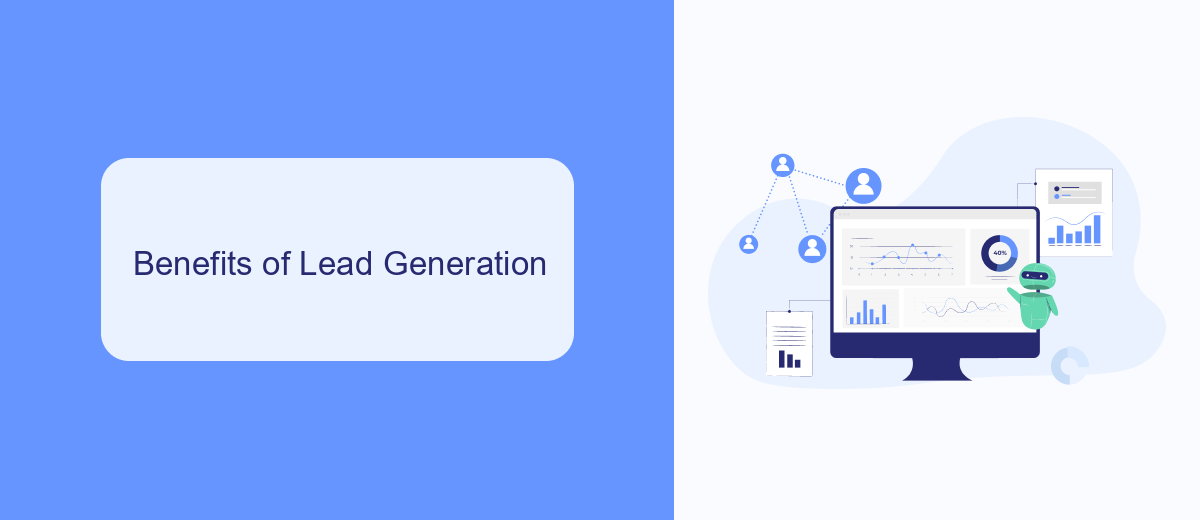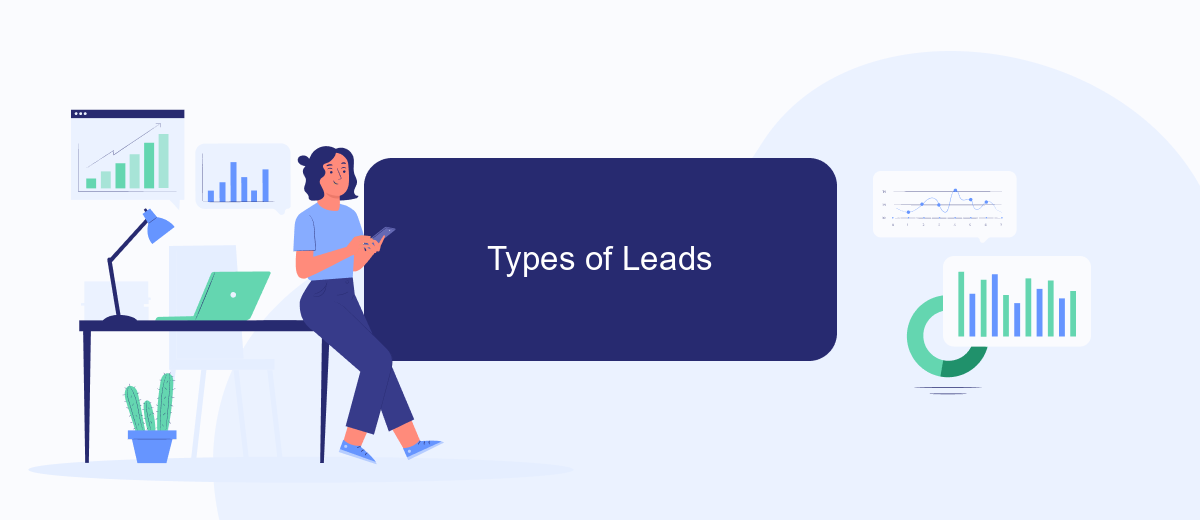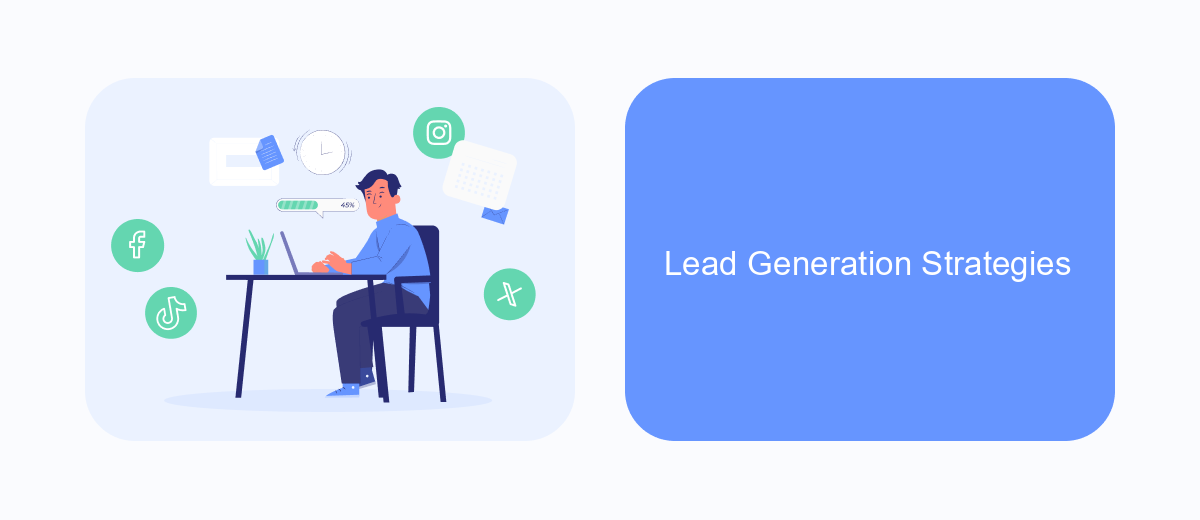Lead generation is a crucial process in the realm of marketing and sales, aimed at attracting and converting potential customers into leads. It involves various strategies and techniques to identify, engage, and nurture prospects who show interest in a company's products or services. Understanding the fundamentals of lead generation can significantly enhance a business's ability to grow and thrive in a competitive market.
What is Lead Generation?
Lead generation is a crucial process in marketing that involves identifying and attracting potential customers for a business's products or services. This process helps companies build a pipeline of prospective clients, enabling them to nurture these leads and convert them into paying customers. Effective lead generation strategies can significantly boost a company's sales and growth.
- Identifying target audiences using market research and data analysis.
- Creating valuable content that addresses the needs and interests of potential customers.
- Utilizing various channels such as social media, email marketing, and SEO to reach and engage with prospects.
- Implementing lead capture forms and landing pages to collect contact information from interested individuals.
In addition to these strategies, integrating various tools and services can streamline the lead generation process. For instance, SaveMyLeads is a platform that automates the transfer of leads from different sources directly into your CRM system, ensuring no potential customer is overlooked. By leveraging such tools, businesses can enhance their lead management efficiency and focus more on converting leads into loyal customers.
Benefits of Lead Generation

Lead generation is a crucial component for any business looking to grow its customer base and increase revenue. By identifying and targeting potential customers, companies can tailor their marketing efforts to reach a more receptive audience. This not only improves conversion rates but also ensures that marketing resources are used more efficiently. Additionally, a well-executed lead generation strategy can help build brand awareness and establish a company as a thought leader in its industry.
Another significant benefit of lead generation is the ability to automate and streamline the process through integrations with various tools and platforms. Services like SaveMyLeads allow businesses to effortlessly connect their lead generation efforts with CRM systems, email marketing tools, and other essential applications. This automation not only saves time but also ensures that no potential lead falls through the cracks, thereby maximizing the chances of converting leads into loyal customers. By leveraging these integrations, businesses can focus more on nurturing relationships and closing deals, rather than getting bogged down by manual data entry and follow-ups.
Types of Leads

In the realm of lead generation, understanding the different types of leads is crucial for tailoring your marketing strategies effectively. Leads can be broadly categorized based on their level of interest and engagement with your product or service.
- Cold Leads: These are individuals or businesses that have shown no prior interest in your product or service. They require significant nurturing and engagement to convert into customers.
- Warm Leads: These leads have shown some level of interest or engagement with your brand. They may have visited your website or interacted with your social media content, indicating a potential interest in your offerings.
- Hot Leads: Hot leads are highly interested prospects who are ready to make a purchase. They may have directly inquired about your product or service or signed up for a free trial.
Identifying and categorizing leads appropriately can streamline your marketing efforts, ensuring that you allocate resources effectively. Tools like SaveMyLeads can automate the process of capturing and categorizing leads from various sources, helping you manage and nurture them more efficiently.
Lead Generation Strategies

Lead generation strategies are essential for attracting and converting potential customers into leads. These strategies encompass a variety of methods and tools designed to capture the interest of your target audience and guide them through the sales funnel.
One effective approach is to leverage digital marketing techniques such as SEO, content marketing, social media, and email campaigns. These methods help in reaching a broader audience and engaging them with valuable content that addresses their needs and pain points.
- Content Marketing: Create valuable, informative content to attract and retain your target audience.
- SEO: Optimize your website to rank higher in search engine results, driving organic traffic.
- Social Media: Utilize platforms like Facebook, LinkedIn, and Instagram to engage with potential leads.
- Email Marketing: Send personalized emails to nurture leads and keep them engaged.
- Integration Tools: Use services like SaveMyLeads to automate lead data transfer between different platforms.
By implementing these strategies, businesses can effectively capture and nurture leads, ultimately driving higher conversion rates and fostering long-term customer relationships. Integrating tools like SaveMyLeads can streamline the process, ensuring that no potential lead is overlooked.
Tools and Best Practices
Effective lead generation requires the use of specialized tools and adherence to best practices. Essential tools include Customer Relationship Management (CRM) systems like HubSpot or Salesforce, which help manage and analyze customer interactions and data. Additionally, email marketing platforms such as Mailchimp or Constant Contact are crucial for nurturing leads through targeted campaigns. Social media management tools like Hootsuite or Buffer can also enhance your lead generation efforts by scheduling and analyzing posts across various platforms.
Best practices in lead generation involve creating high-quality content that addresses the needs and pain points of your target audience. Implementing landing pages with clear calls-to-action (CTAs) and using A/B testing to optimize them can significantly improve conversion rates. Integrating your tools and automating workflows can save time and increase efficiency. Services like SaveMyLeads facilitate seamless integration between various platforms, ensuring that your lead data is consistently updated and easily accessible. Regularly reviewing and analyzing your lead generation strategies will help you make data-driven decisions and continually improve your results.


FAQ
What is lead generation?
Why is lead generation important?
What are some common methods of lead generation?
How can automation improve lead generation?
What criteria should be used to qualify a lead?
You probably know that the speed of leads processing directly affects the conversion and customer loyalty. Do you want to receive real-time information about new orders from Facebook and Instagram in order to respond to them as quickly as possible? Use the SaveMyLeads online connector. Link your Facebook advertising account to the messenger so that employees receive notifications about new leads. Create an integration with the SMS service so that a welcome message is sent to each new customer. Adding leads to a CRM system, contacts to mailing lists, tasks to project management programs – all this and much more can be automated using SaveMyLeads. Set up integrations, get rid of routine operations and focus on the really important tasks.
